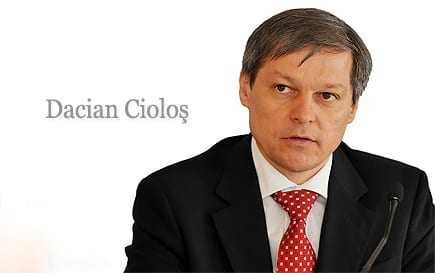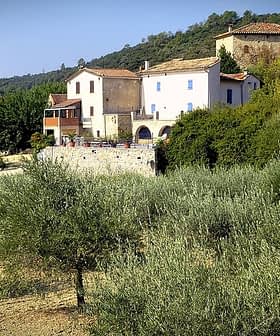
Final details of the European Commission’s olive oil action plan may not be available until the end of September, according to sources close to European Commissioner for Agriculture Dacian Cioloş.
It’s understood the EC is currently drafting relevant legislative reforms while consultation continues with EU countries over the plan.
Cioloş released a paper with general proposals back in June, saying he hoped concrete changes would be agreed on by the end of July, following the countries’ feedback, but the definitive plan has yet to follow.
A new category of olive oil, better fraud detection and deterrence, and increasing competitiveness were among the measures he had floated to help Europe’s ailing olive oil sector.
Wax content and myristic acid among testing changes sought
At the International Olive Council meeting in Buenos Aires last month, the EU representative renewed a call in the draft plan for the IOC to expedite its work on changes to olive oil testing. According to the representative’s original statement in French — a copy of which has been obtained by Olive Oil Times — the desired changes are:
- lowering the limit for the determination of stigmastadienes, to improve the detection of mixtures of virgin olive oils with refined oils
- adoption of the ‘global method’ for the detection of extraneous oils in olive oils·
- a reduced limit for alkyl esters, to exclude lower quality oils that have been deodorized
- revision of the calculation of wax content, a key indicator of quality and purity
- a lower limit for myristic acid, to improve detection of palm oil
- adoption of a diglycerides and triglycerides test, to combat fraudulent mixtures and determine freshness.
.
All of these were in the draft plan, except for those on wax content and myristic acid.
New olive oil category
The EU representative also reiterated the need for a change to olive oil categories.
“For ten years, the basic parameters of each category have remained the same, while in tandem we have witnessed a constant improvement in production techniques, processing and the marketing of olive oils. Trade has grown by 75 percent (EU exports to non-EU countries over the last decade), reflecting the quality image of olive oil.”
“In this context, the EU plans to present to the Members, for their discussion and consideration, proposals regarding the classification of olive oils into different categories, particularly regarding physical and chemical quality and purity parameters, and the accuracy of the panel test.”
The EU representative also called on the IOC to hold more frequent meetings of its chemistry experts to keep abreast of new developments in testing.
They said that “constant effort” was necessary to track trends in production, consumer preferences and scientific advances. While the EU considered the IOC the international benchmark organization for olive oil quality standards, it should intensify its efforts in relation to quality control, the EU representative said.
Olive Oil Times asked the EC for the name of the representative but was told the names of such officials are not usually disclosed.








